Budgeting and Variance Analysis in Managerial Accounting
VerifiedAdded on 2023/06/04
|5
|697
|216
Homework Assignment
AI Summary
This assignment solution covers various aspects of managerial accounting, including static budget variance analysis, calculation of budgeted machine hours, fixed and variable overhead costs, and flexible budget variances. It also includes the computation of total standard manufacturing costs, direct material and labor variances, and manufacturing overhead rate and efficiency variances. The analysis involves calculating price and efficiency variances for direct materials and labor, as well as variable manufacturing overhead efficiency variance and production volume variance, providing a comprehensive overview of cost control and performance evaluation in a manufacturing setting. Desklib offers more solved assignments and resources for students.
1 out of 5
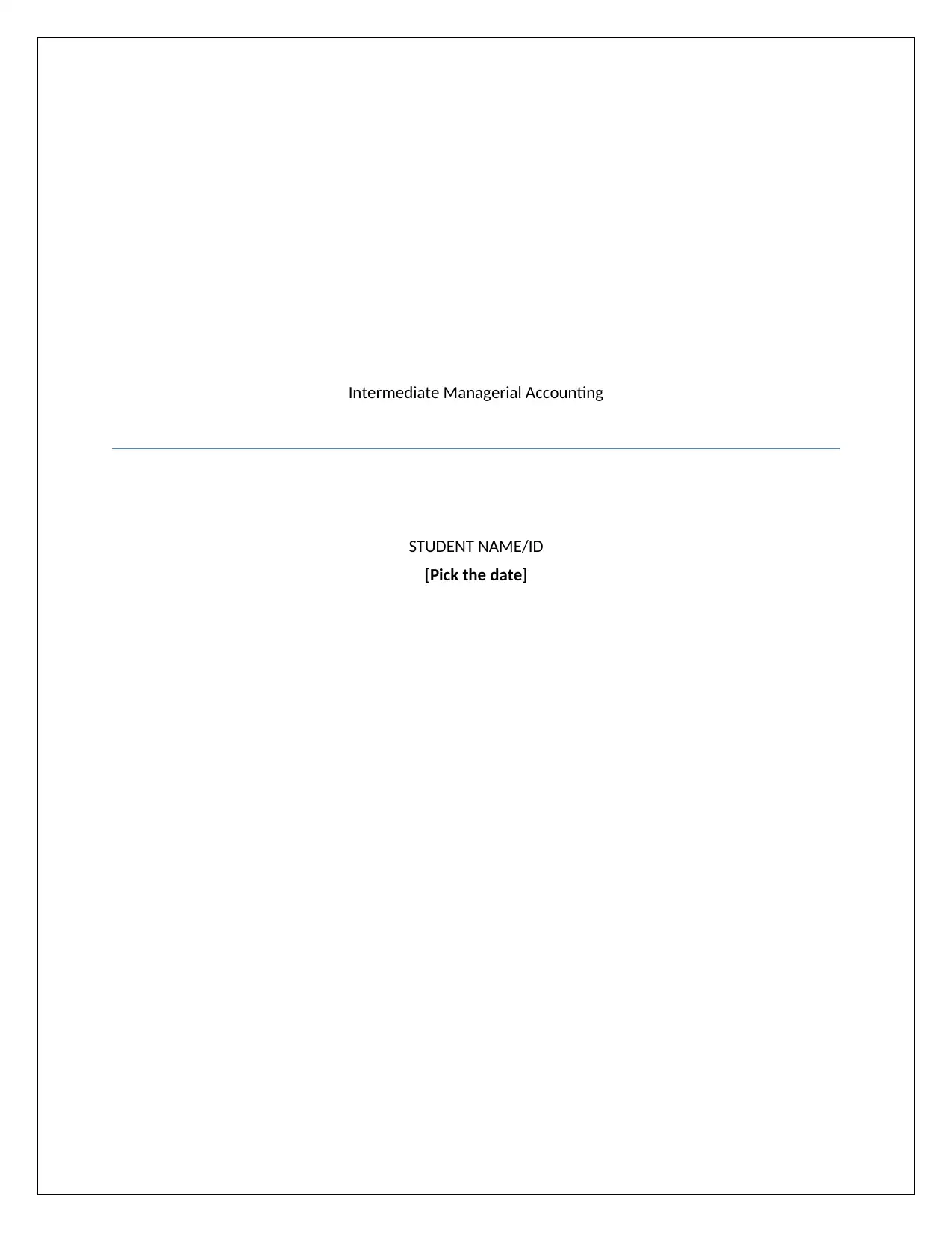
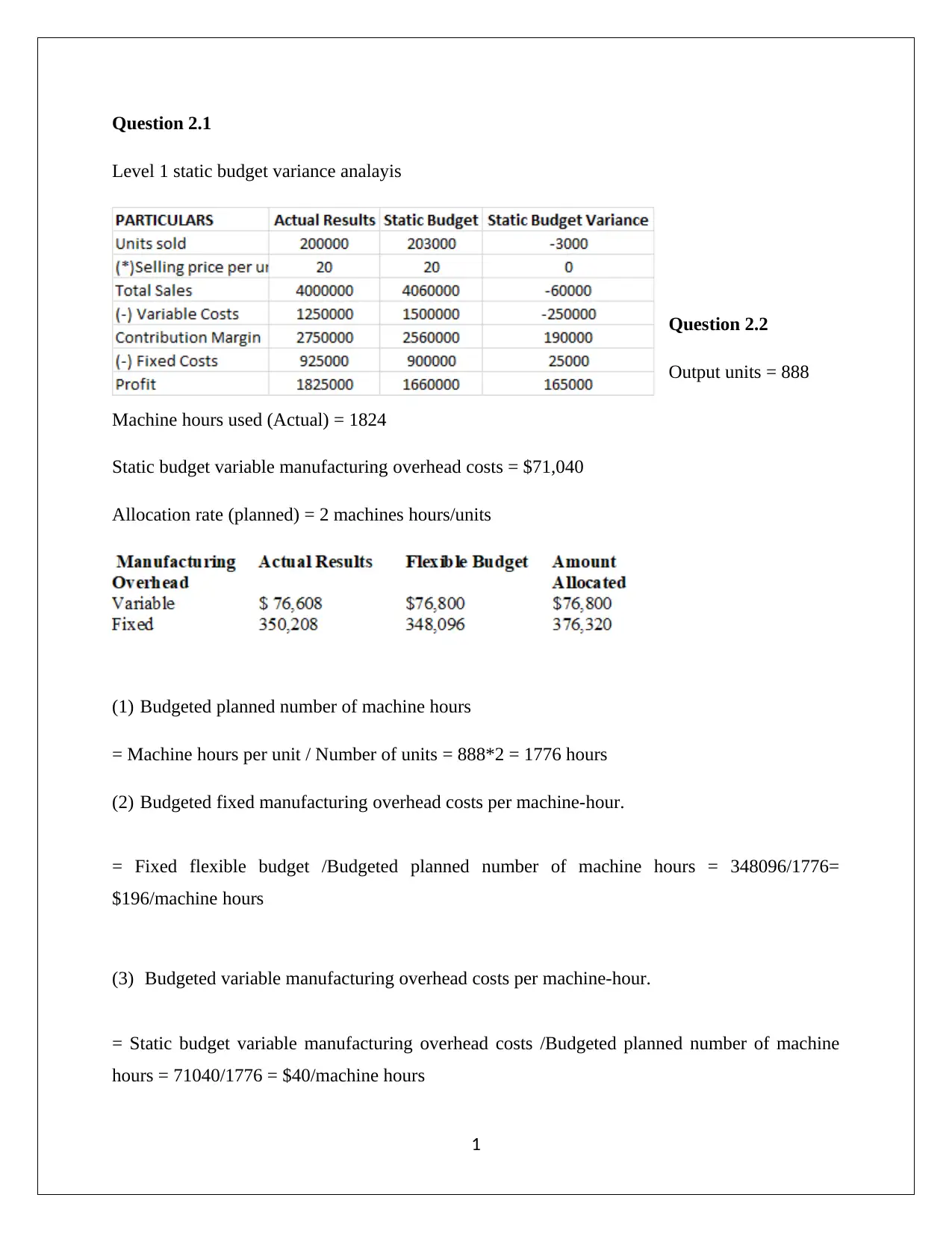
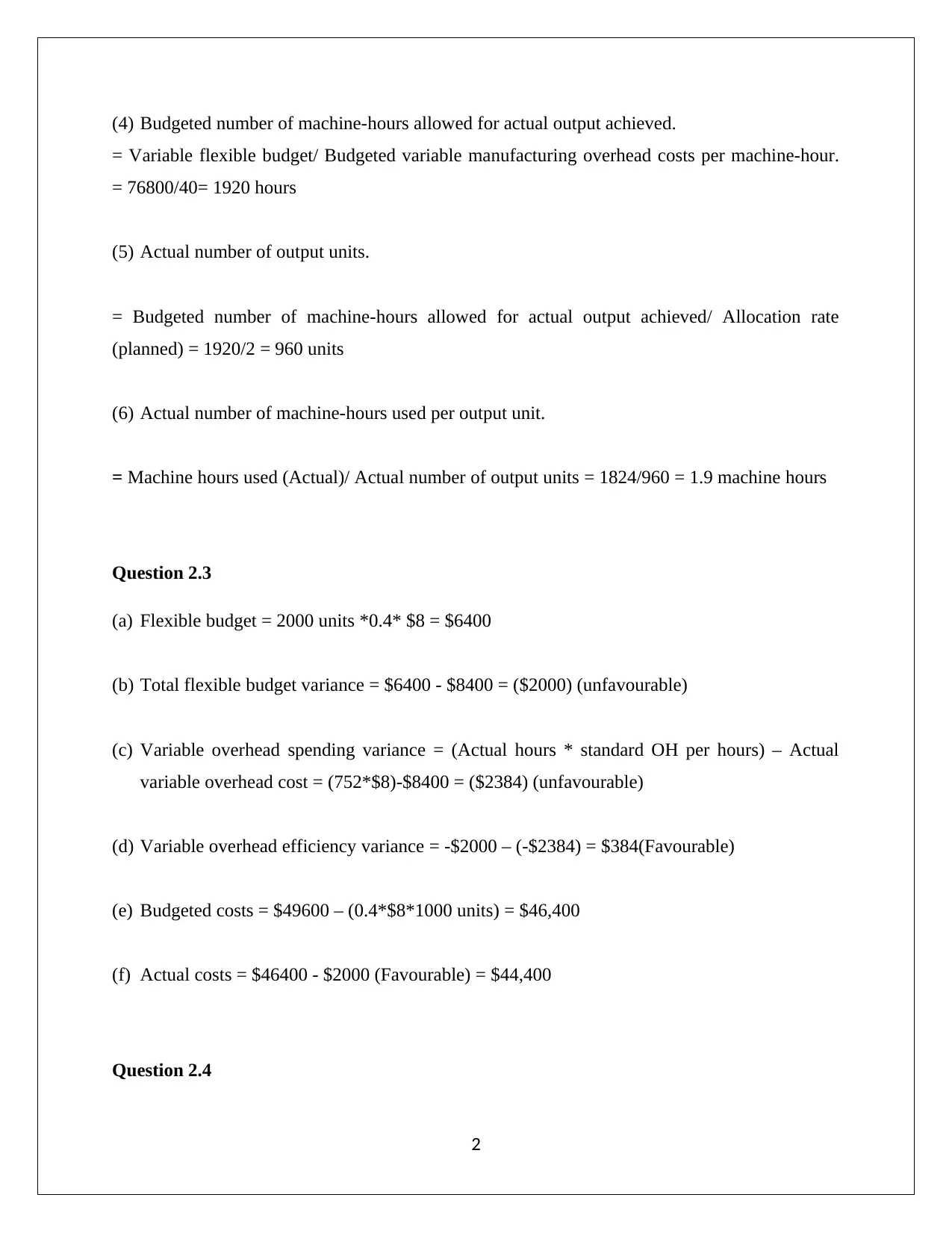

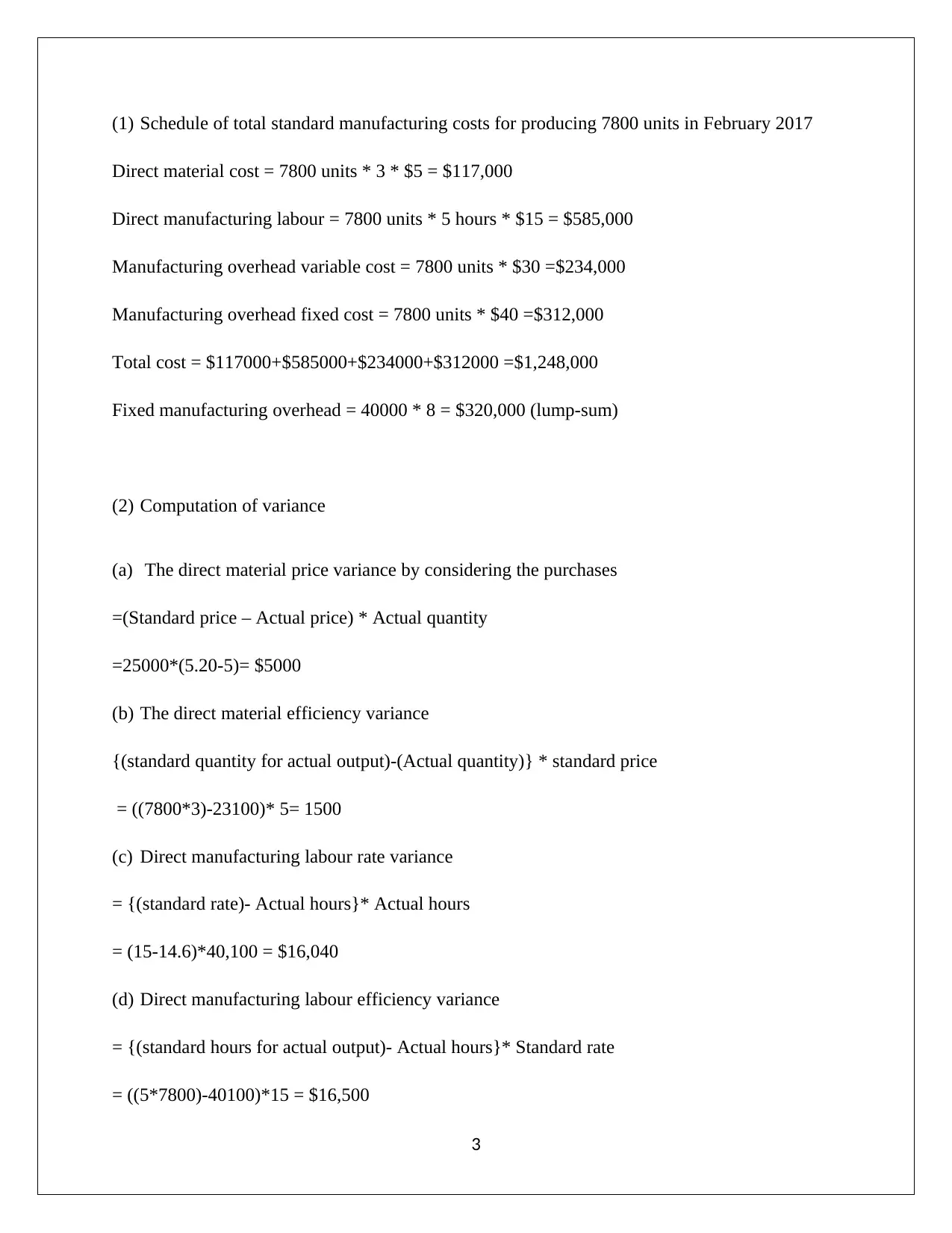
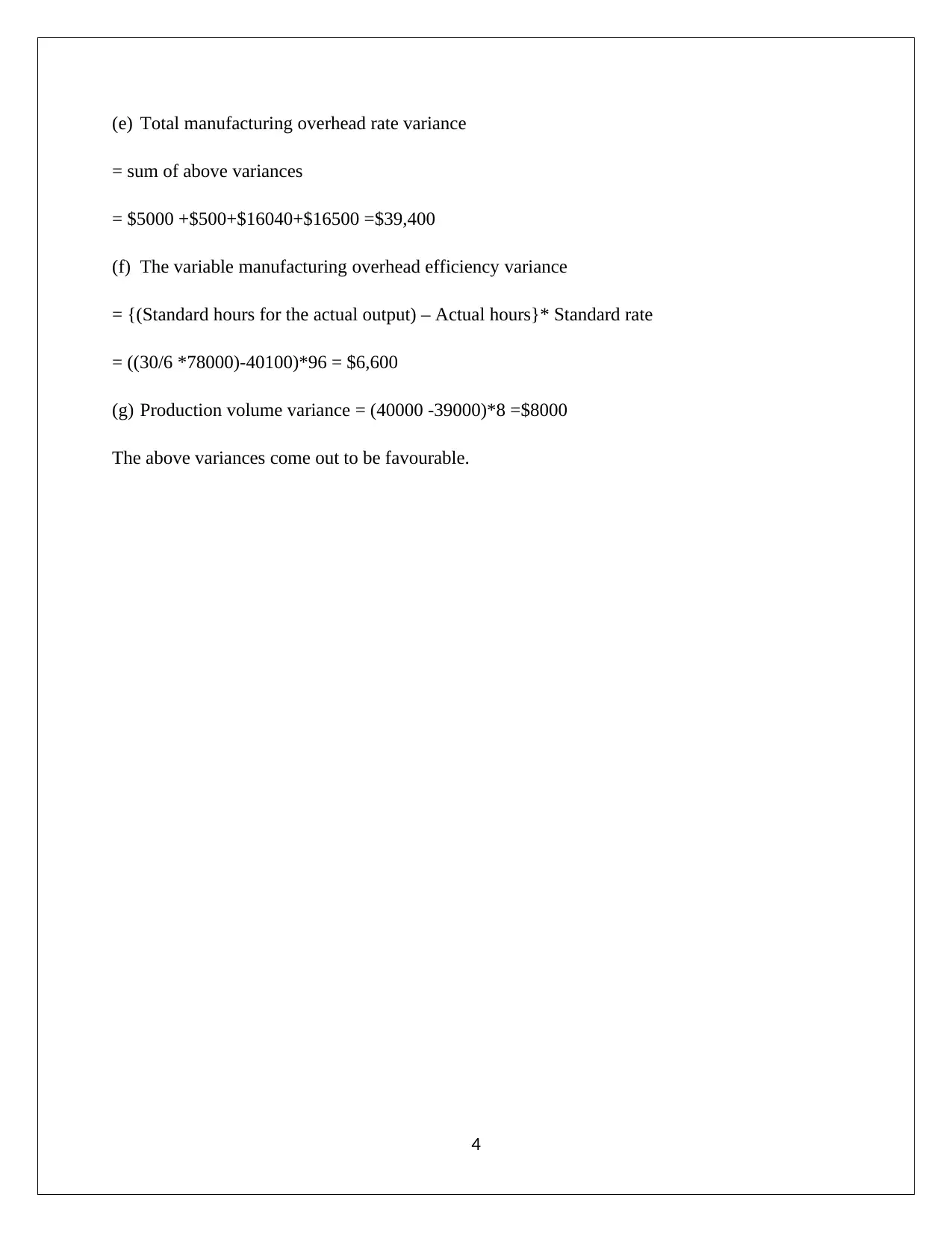






![[object Object]](/_next/static/media/star-bottom.7253800d.svg)